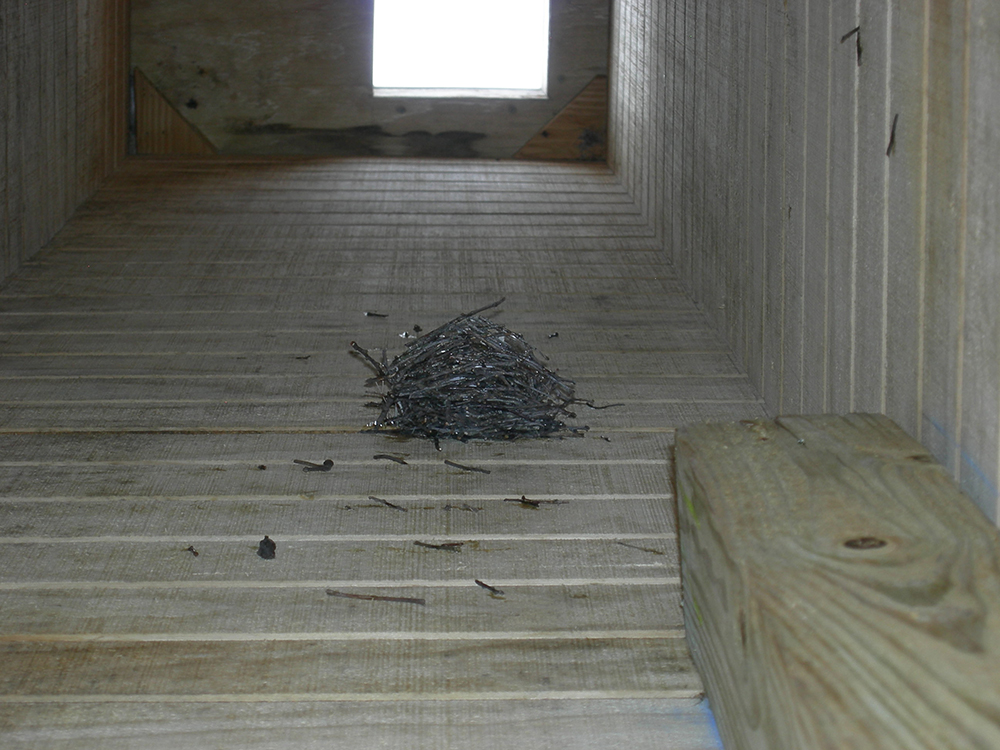
MIKE MILLER
Trail systems in our parks have been busy since mid-March. Many of our Peoria Park District facilities are in the process of opening amenities such as restrooms, and further modifying programs and facilities to be safe in the long term. The same is happening to other public and private conservation sites throughout the state.
Before you visit, check out what amenities are available at your destination either through its Facebook page or website. Understand that many facilities are short of staff to offer a full menu of services and programs. Many also have modified operational hours as well.
If you frequently use public green space as your escape valve, consider giving back if you have the ability. Since many parks have been unable to produce revenues through sales or program fees, donations are more important than ever. In many cases, donations will be the only revenues our parks will see for a majority of the year. Maintenance costs and bills continue in spite of pandemic, so any amount can help.
The Peoria Park District Foundation has recently launched “The Legacy Fund.” This initiative is designed to create an endowment for our conservation areas and nature preserves so that we have more stable funding for the important care and stewardship that our natural areas require.
The Peoria region has been lucky to have several individuals in past generations with the foresight to acquire such high-quality natural areas as Forest Park Nature Center, Robinson Park, Camp Wokanda, Tawny Oaks and Singing Woods. This legacy has been a gift to future generations. It is our generation’s duty to make sure that adequate funding is established to care for these treasures. That’s where the Legacy Fund and your donations come into play. To find out more, visit https://peoriaparks.org/about/legacy-fund/.

Chimney Swifts nest inside the swift tower at Tawny Oaks, 715 W. Singing Woods Road, Edelstein. (PHOTO BY MIKE MILLER)
Birdy Tid-bits
At the Peoria Park District’s Tawny Oaks Field Station, there has been a lot of activity in the bird world. Three years ago, volunteers constructed a Chimney Swift tower. It is basically an artificial chimney that is about 20 feet tall that stands near the visitor center. This year, we have a nesting pair of Chimney Swifts using the box for the first time. It’s hard to believe that only one pair of birds will nest in such a large structure, but that’s the norm. Chimney Swifts are not a communal species. They don’t nest in colonies.
Sadly, Chimney Swift numbers are in severe decline. This is partly due to the lack of chimneys for nesting sites. Newer, highly efficient furnaces have made the need for chimneys a thing of the past. Luckily they seem to be open to adapting to these artificial nesting structures. If you visit, please don’t approach the nesting box or disturb the structure. Baby swifts need to stay in the nest until they are old enough to fly. If they are spooked off of the nest before they are ready to fly, it could lead to their death. You can see the adult Chimney Swifts flying and catching insects on the wing in the evening or early morning.
Another nesting structure is also active. In 2016, we put in Purple Martin houses at Tawny Oaks. This year, we have 5 nesting pairs using the boxes. Unlike the swifts, these birds are communal nesters. Several pairs will use the same “condominium” style houses that are 16 feet in the air. Their bubbly songs and aerial expertise are a joy to the senses. You can see these houses along the north end of the Prairie Path.
So, get out and enjoy some of the stability that nature can provide. An August evening stroll around the Prairie Path at Tawny Oaks is a great way to end the day on a good note. It’s a topsy-turvy world in human society right now. Make sure you center yourselves on something better before your head hits the pillow.
Mike Miller is supervisor of environmental and interpretive services at Peoria Park District.

Recent Comments